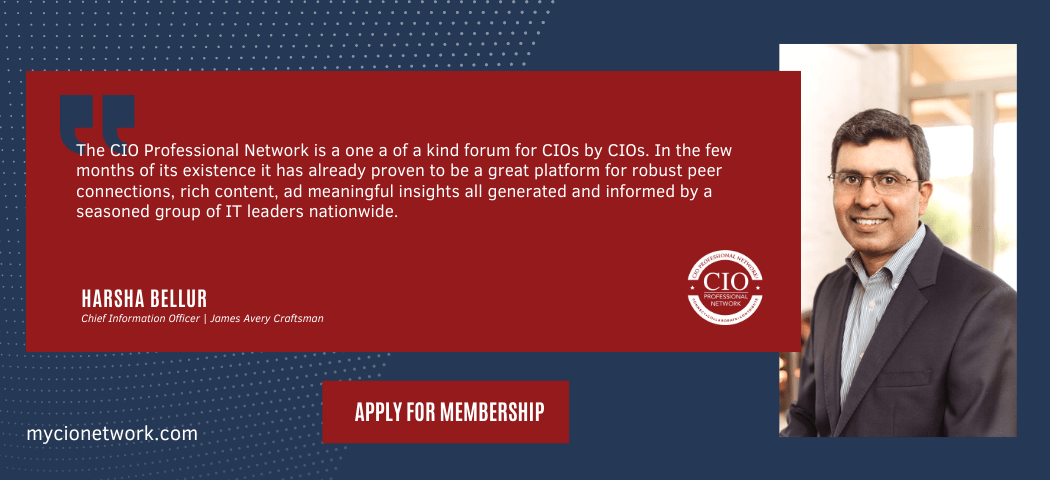Cybersecurity has shifted from a technical concern to a central pillar of enterprise leadership. From data privacy regulations to the surge in AI-driven threats, security challenges are as strategic as they are technical.
Ask any CIO where their top security challenges lie, and chances are they’ll mention people before tools. That’s not surprising. Technology can be purchased, deployed, and scaled.
Talent, on the other hand, is hard to find, harder to keep, and often the deciding factor in how resilient an organization really is.
A recent industry report from CyberSN analyzed cybersecurity job postings across the United States from 2022 through 2024 highlighting a workforce in transition. Pulled from more than 30 job platforms and career sites of leading employers, the data offers more than just hiring statistics.
It surfaces a deeper story about how the demands on security teams are changing and how organizations are rethinking the way they build and retain those teams.
Security Engineers Still Dominate, But Their Numbers Are Falling
In 2024, Security Engineers were still the most frequently posted cybersecurity role, with over 64,000 listings. Analysts and DevSecOps professionals weren’t far behind. These are familiar titles, roles that have long been considered essential to building and maintaining secure systems.
But the momentum is shifting.
Over the last three years, job postings for DevSecOps positions fell by nearly half. Security Analyst listings declined by more than 13%. These are not just statistical blips. Rather – they reflect a deliberate recalibration of how companies structure their teams.
Why the drop?
Several CIOs point to growing investments in automation. As security platforms become smarter, many tasks that once required dedicated headcount, log analysis, threat detection, incident triage, can now be streamlined.
That doesn’t mean fewer security professionals are needed. It means their roles are evolving, moving away from repetitive tasks and toward strategic problem-solving, architecture, and cross-functional collaboration.
One global healthcare CIO shared that her team recently merged its DevOps and security automation teams. The result was a leaner group, but one with deeper ownership of both application delivery and secure deployment.

Compliance, Legal, and the Rise of the Cyber Attorney
The data shows an explosive 40% increase in job postings for Cybersecurity and Privacy Attorneys between 2023 and 2024. While this might seem surprising at first, it’s right in line with what many executives are experiencing.
Security events now come with legal consequences. With expanding regulations, from the SEC’s cyber disclosure rules to growing state and international privacy mandates, organizations can’t afford to treat legal support as an afterthought.
Legal counsel is becoming an embedded part of incident response planning, vendor contract reviews, and even system design discussions.
This shift is especially visible in highly regulated industries. A CISO at a national financial institution described how her team now includes a dedicated privacy attorney who attends monthly risk reviews and pre-launch tech assessments. “It’s changed how we approach every decision,” she said. “The goal is no longer just to be secure. It’s to be accountable.”
For CIOs, this means security hiring can no longer focus solely on technical skills. The modern cyber team needs to understand risk from legal, reputational, and regulatory perspectives, and legal experts are essential to that mission.
GRC Becomes a Growth Engine
Among all the categories tracked, Governance, Risk, and Compliance (GRC) roles grew the most in 2024. More than 157,000 job postings fell into this category, outpacing even core technical roles.
Well beyond just checking compliance boxes, boards and regulators increasingly expect cybersecurity leaders to measure and report risk in terms of business impact. That requires professionals who can connect security operations with corporate governance frameworks.
In conversations with technology and cyber leaders, one phrase keeps coming up: “audit readiness.”
Whether it’s for internal controls, SOC 2, HIPAA, or NIST alignment, companies are under pressure to document and demonstrate their cybersecurity maturity. GRC professionals are now the ones bridging that gap, translating controls and threats into terms auditors, executives, and investors can understand.
It’s worth noting that GRC roles often draw from diverse backgrounds: former risk managers, consultants, and even compliance officers from finance or healthcare. This cross-pollination brings in fresh perspectives and helps security become more integrated with enterprise strategy.
Behind the Numbers: A Growing Concern About Burnout
While hiring trends offer valuable insight, they don’t tell the whole story.
Several technology leaders raised a different concern, one not captured in job postings: the rising pressure on existing security teams.
In many organizations, responsibilities are expanding faster than headcount. Burnout is growing. Turnover remains high, especially among mid-career professionals who often shoulder the largest burden without the clearest growth paths.
One security leader at a national retail chain described the challenge candidly. “We didn’t lose people to competitors. We lost them to career change. They were tired of being on call 24/7, tired of the stress.”
The solution isn’t just higher salaries. It’s building a culture that values sustainability, clear career paths, access to training, mental health support, and leadership that recognizes the human cost of constant vigilance.
As security evolves into a strategic function, the people driving it need more than just technical tools. They need support, visibility, and long-term investment.

The Wrap: What Technology Leaders Should Take Away
Cyber hiring trends don’t exist in a vacuum. They reflect how organizations are adapting to risk, regulation, and digital acceleration. For CIOs, this data points to several clear action items:
- Rethink team design. Balance traditional technical roles with legal, compliance, and risk expertise. Your next critical hire may not be an engineer.
- Double down on workforce development. Invest in training, mentorship, and growth paths. Recruitment is expensive, retention is essential.
- Translate security into business language. Boards want clear, measurable updates. Build teams that can bridge technical and strategic priorities.
- Support your people. Don’t just fill roles, strengthen the culture behind them. Retaining top talent starts with listening and leading well.
Cyber threats aren’t slowing down, but neither is the evolution of the teams defending against them. As 2025 continues, the organizations that win the talent war won’t necessarily be the ones hiring the most.
They’ll be the ones building smarter, more resilient teams, and leading them with purpose.





